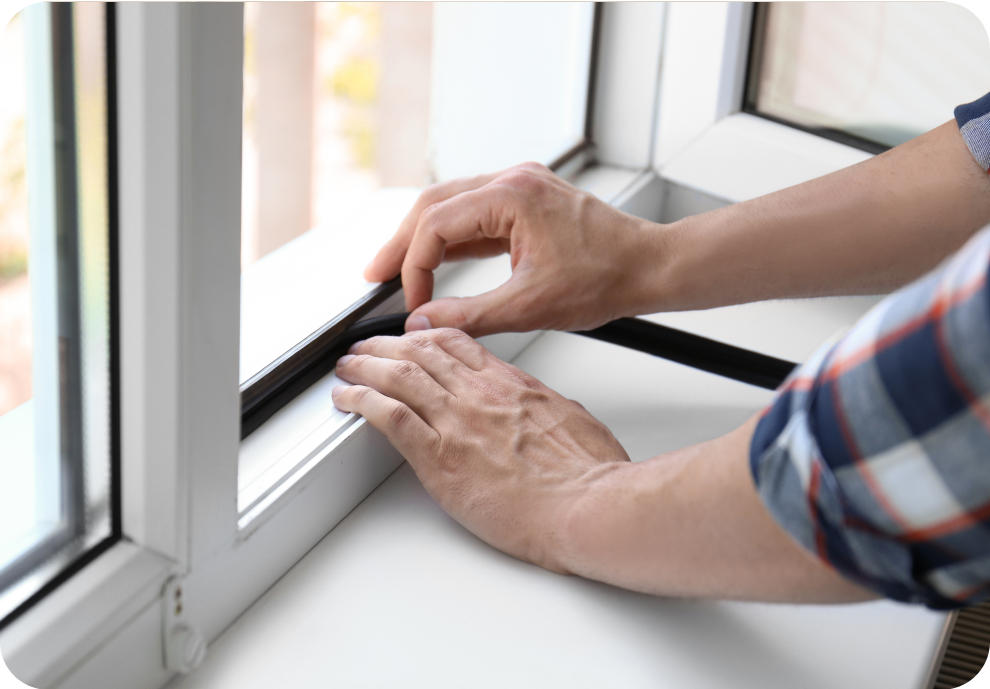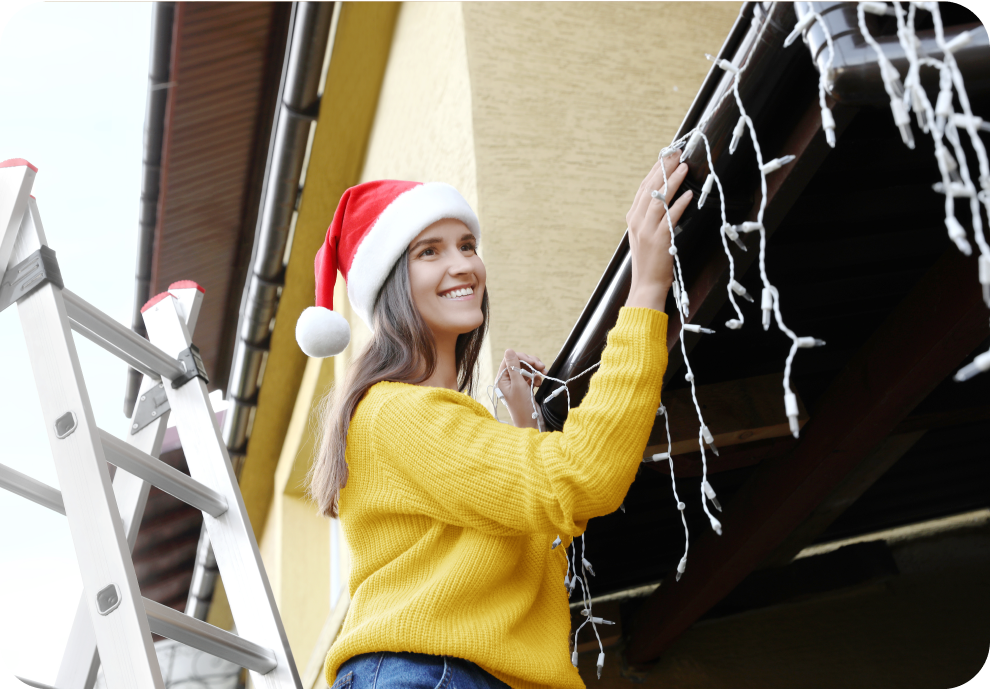CHECK YOUR HEATING, VENTILATION AND DUCTWORK.
- Maintenance is essential for your heater to work properly. Make sure filters are clean and replace them periodically during the season.
- Heating rooms you don't use is a surefire way to increase your electricity bill. Close off vents in rooms that only get occasional use.
- The heat blowing out of your vents needs a clear, unobstructed path into the room to properly heat it. Rearrange the furniture in each room so it doesn't block the vents and prevent airflow.
- To keep ductwork from leaking heated air, seal it at joints and intersections with foil-backed tape or silicone caulking.
- Pay extra attention during heavy-use months like December. At a minimum, change the filter every three months.








